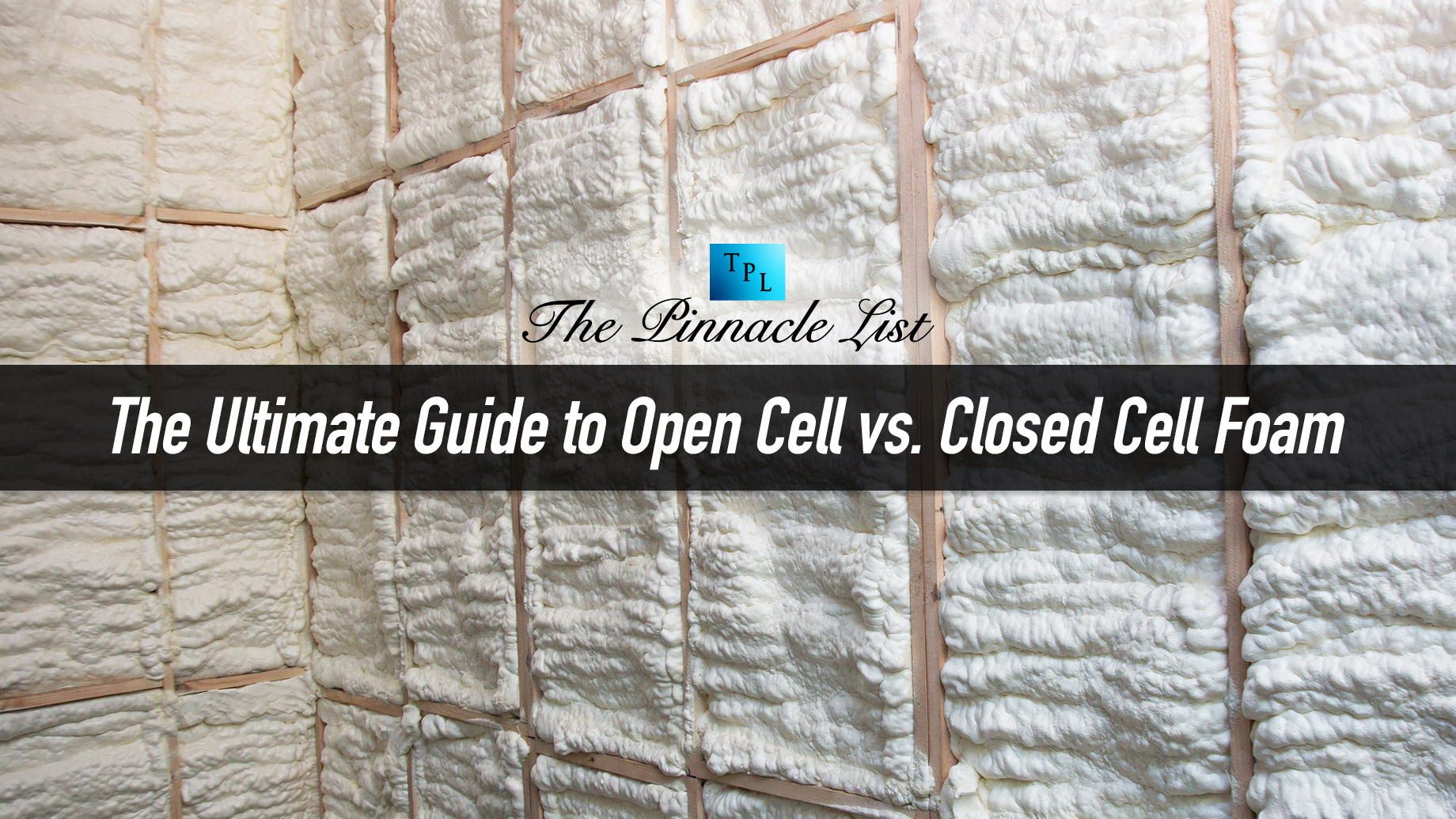
In the world of insulation and cushioning, understanding open cell versus closed cell foam is crucial. These two types of foam serve unique purposes.
Open cell foam is lightweight and flexible, often used for soundproofing. On the other hand, closed cell foam offers robust insulation and is water-resistant.
Knowing the differences can help you make informed decisions, whether you’re renovating a home or designing a product, and picking the right type of foam matters.
Dive in to discover which spray foam insulation suits your needs best. Read on!
What is Open Cell Foam?
Open cell foam is a lightweight and flexible insulation material. It has tiny open pockets that let air flow through, allowing it to expand and fill tricky spots like corners and attics.
It’s great for soundproofing since it absorbs noise well. While it’s usually cheaper than closed cell foam, it’s not as water-resistant, so it’s not the best choice for damp areas or outdoor use.
What is Closed Cell Foam?
Closed cell foam is denser and more rigid than open cell foam. Its closed cells prevent air and moisture from passing through, giving it excellent insulation and making it a vapor barrier. While it costs more, its better thermal resistance and durability make it a great choice for energy efficiency and outdoor use.
R-Value Differences
The R-value of insulation shows how well it resists heat flow. Open cell foam has an R-value of about 3.5 to 4 per inch, while closed cell foam is better with an R-value of 6 to 7 per inch. On the other hand, open cell foam is good for indoor spaces where blocking sound is more important than keeping out the cold.
Water Resistance and Vapor Barrier Capabilities
The main difference between open and closed cell foam is how they handle moisture. Open cell foam is porous and absorbs water, making it unsuitable for humid areas.
Closed cell foam, however, is water-resistant and doesn’t let water in, which makes it great for outdoor insulation and damp spaces like basements. It also helps prevent mold and structural damage by acting as a vapor barrier.
Soundproofing Capabilities
Open cell foam is great for soundproofing because its soft, porous material absorbs sound waves, making it ideal for walls and ceilings. It works well to reduce noise from traffic or neighbors. Closed cell foam is denser and better for insulation and moisture resistance, but it’s not as good for absorbing sound.
Choosing the Right Foam for Your Project
Choosing between open cell and closed cell foam depends on what you need. Open cell foam is great for budget-friendly soundproofing and some insulation.
On the other hand, if you want better energy efficiency, water resistance, and durability, go for closed cell foam. Consulting with a spray foam and insulation contractor can help you determine which type of foam suits your project best, whether you’re insulating a new build or retrofitting an existing structure.
Open Cell vs. Closed Cell Foam Which Is Right for Your Needs
In any insulation project, the choice of open cell versus closed cell foam is very important. The best way to block out noise is with open cell foam.
Closed cell foam, on the other hand, is better at keeping water out. Remember that each type of foam has its benefits.
Always choose with the needs of your project in mind. Lastly, talking to professionals is the best way to make sure you choose the right open cell versus closed cell foam for the job.